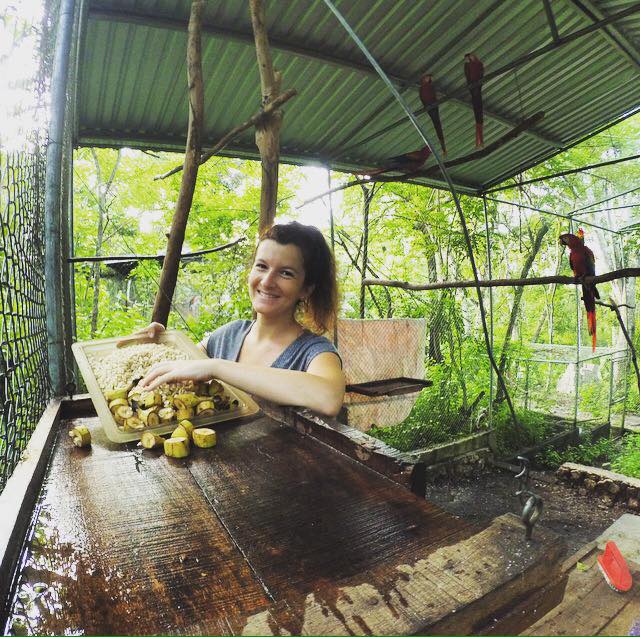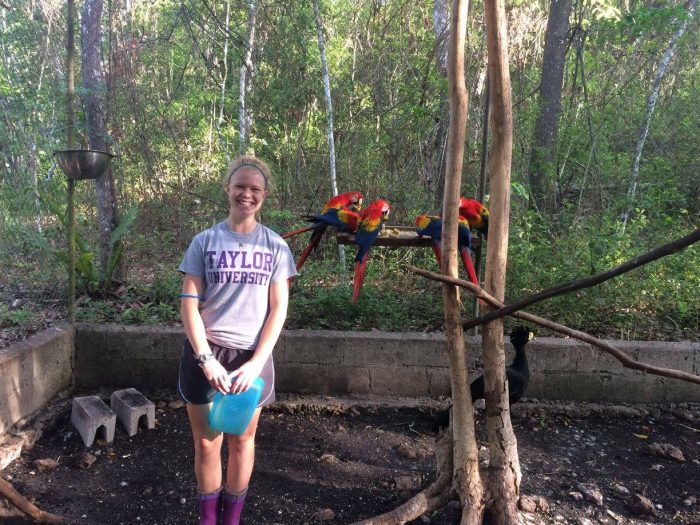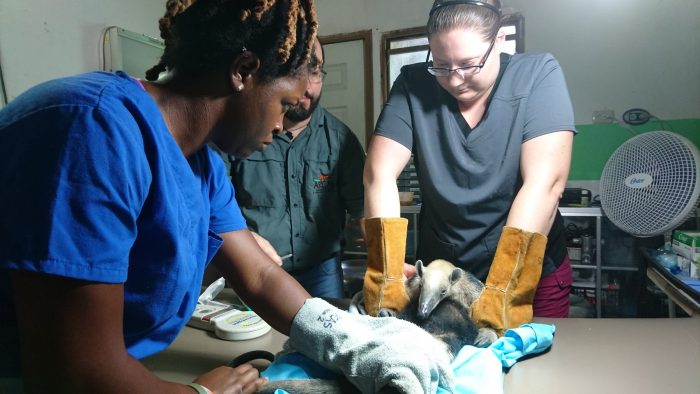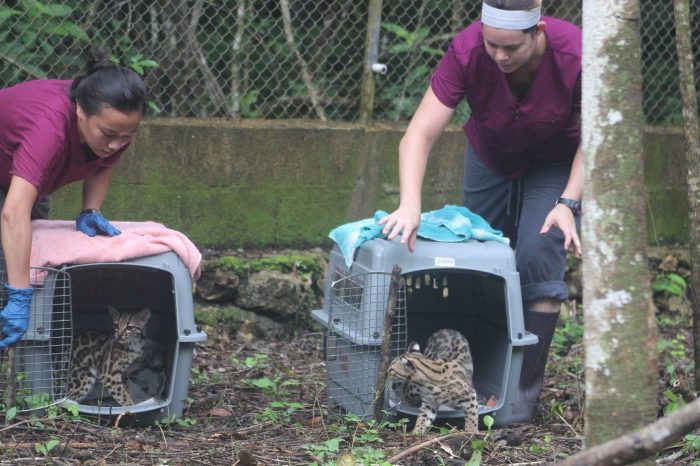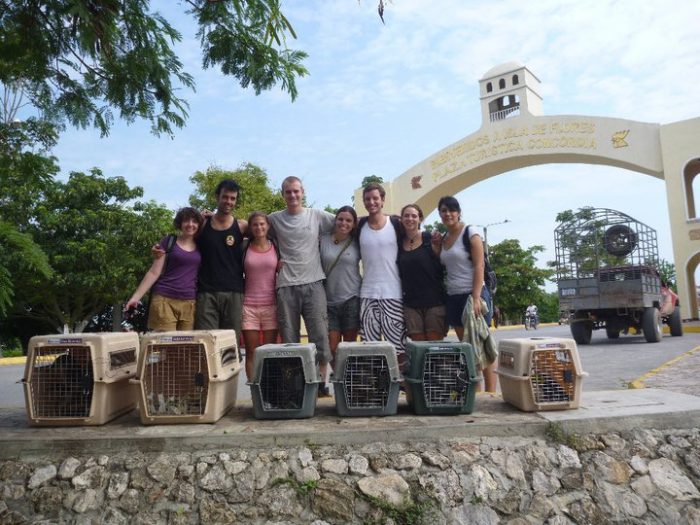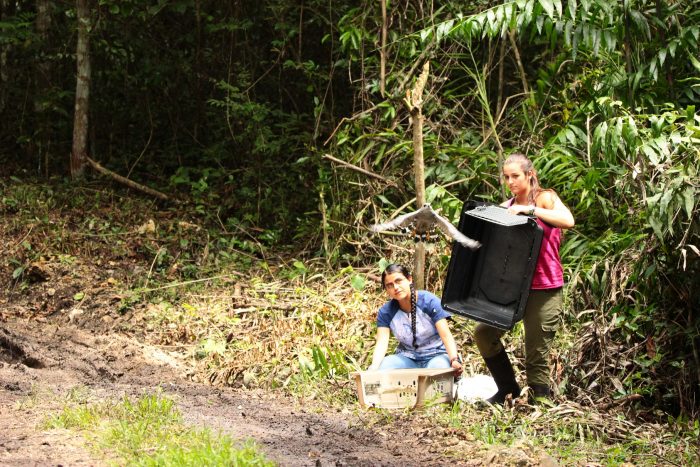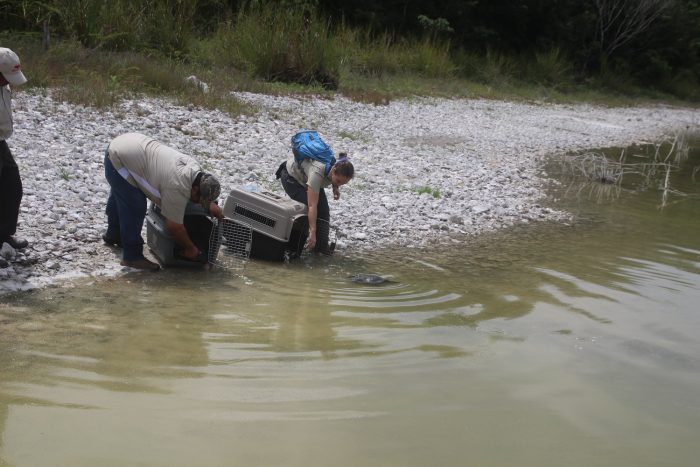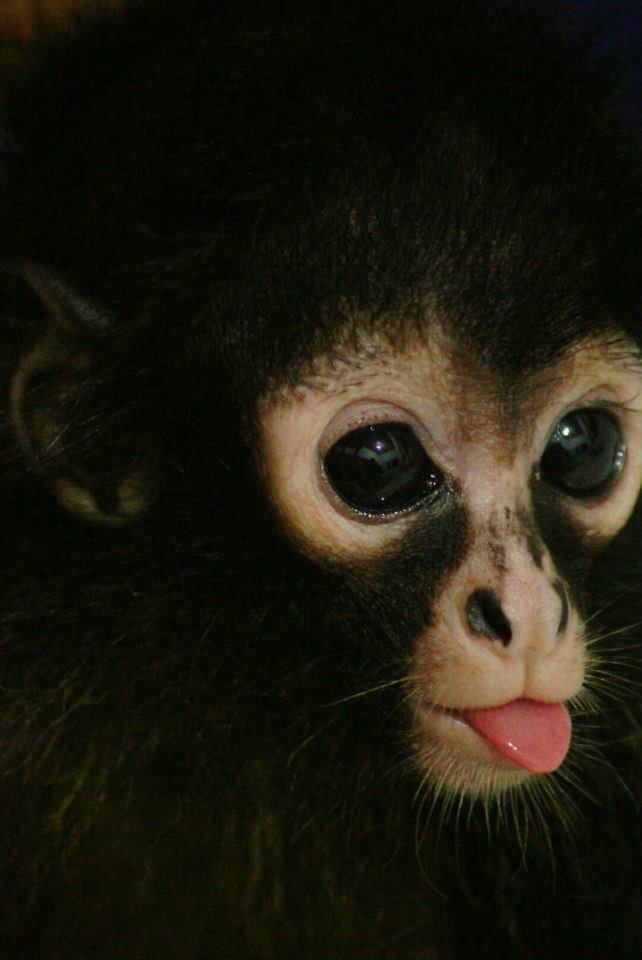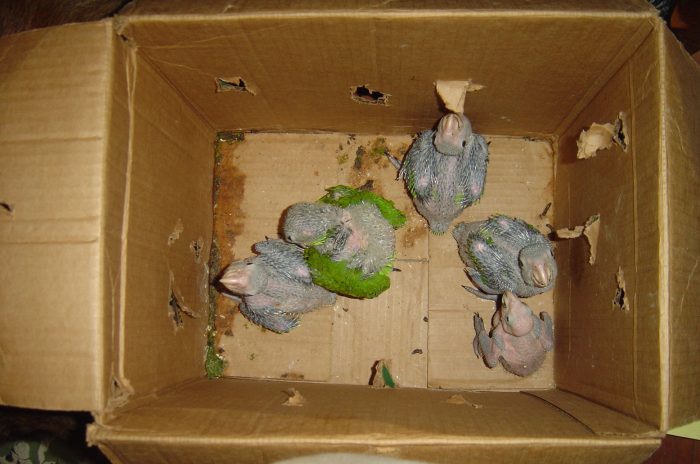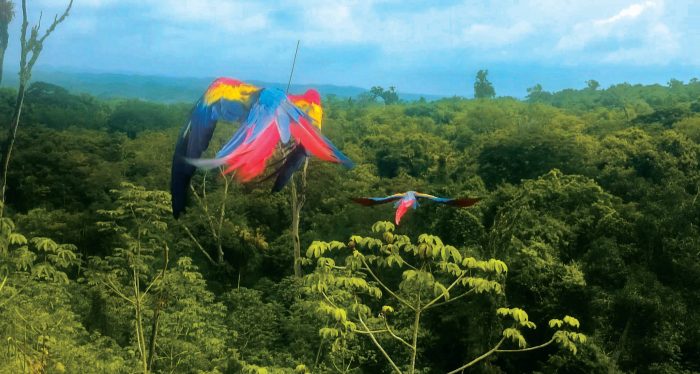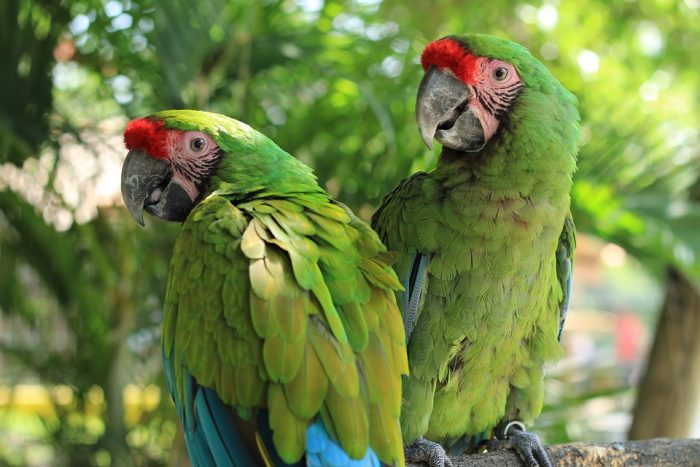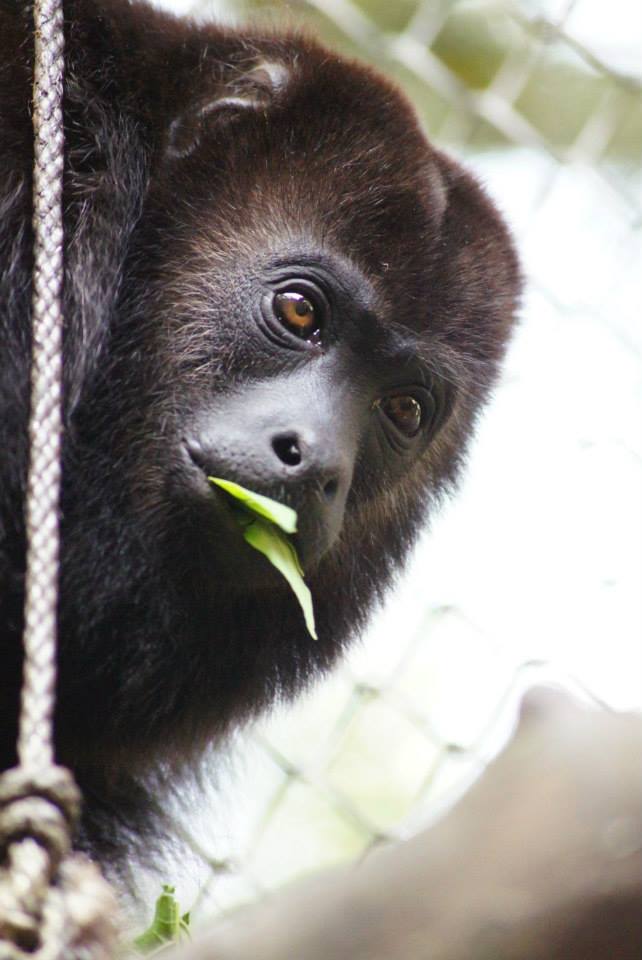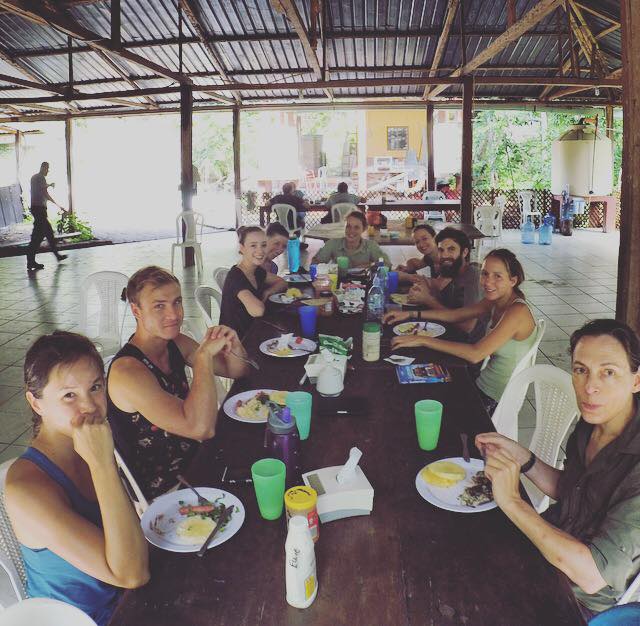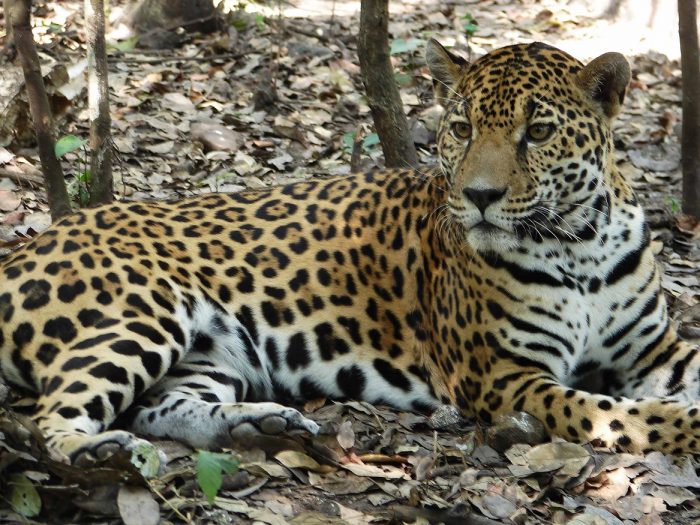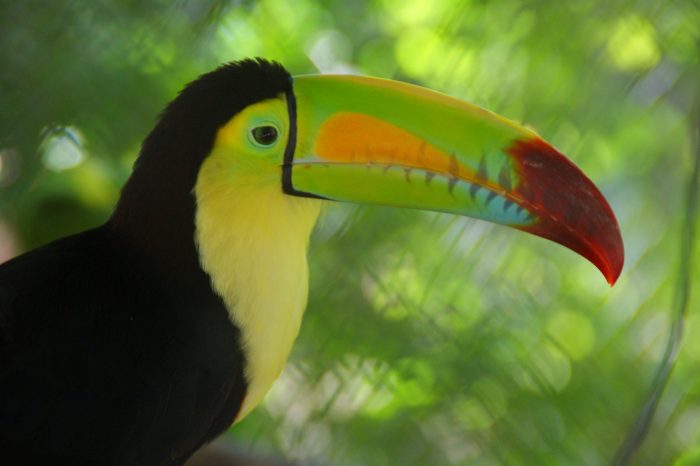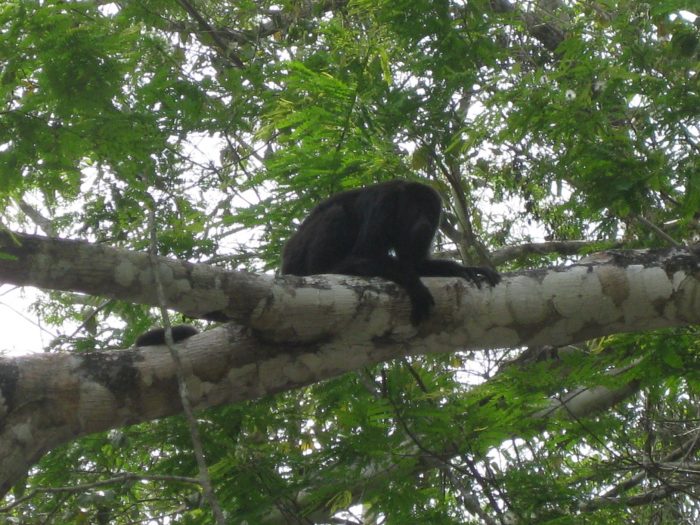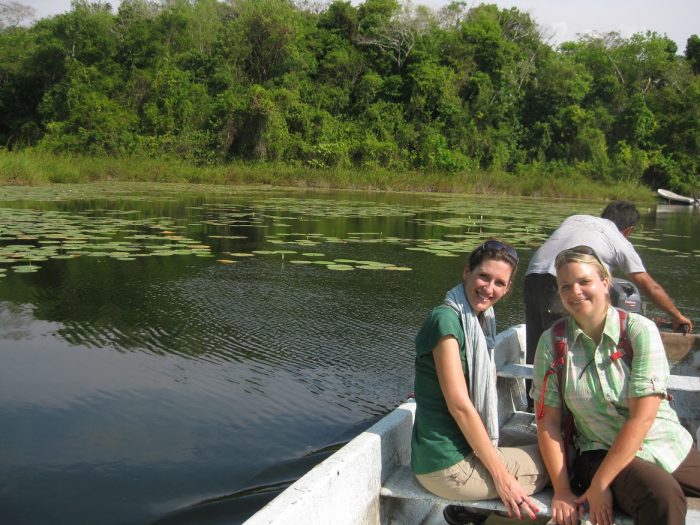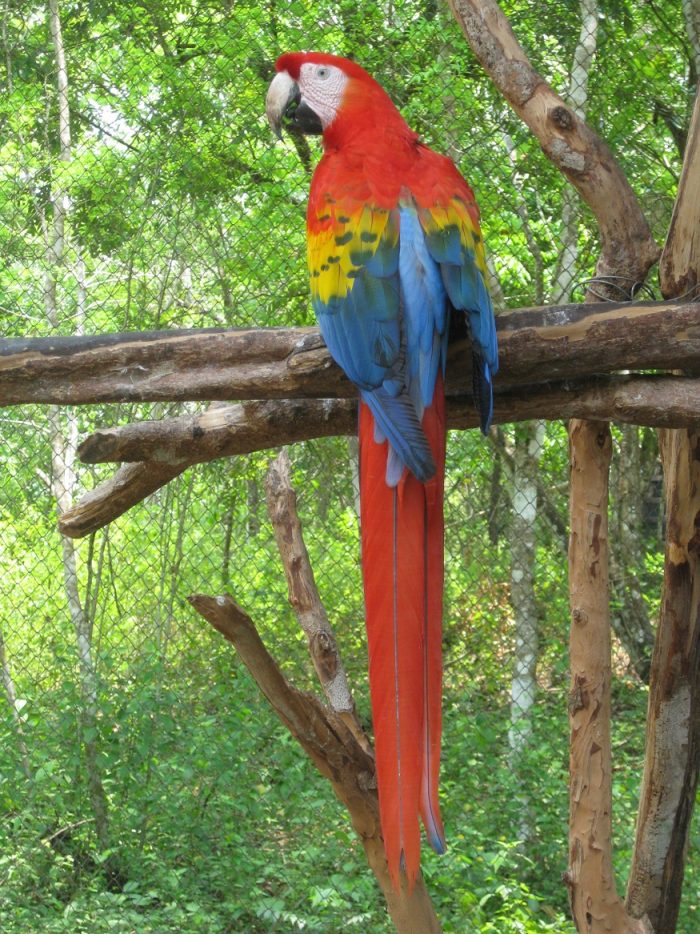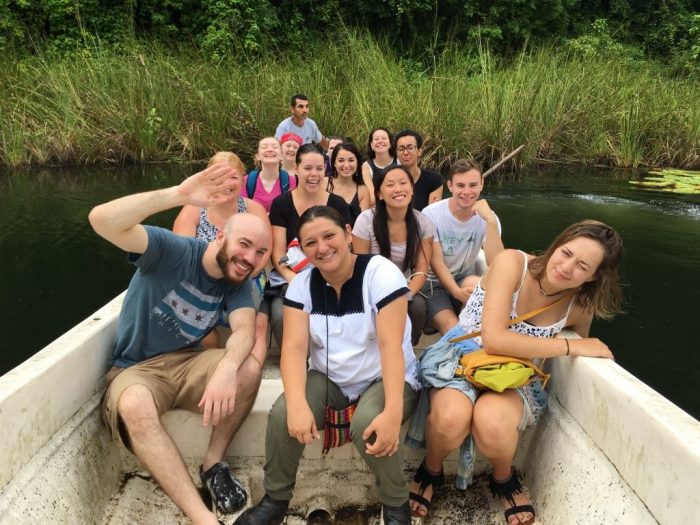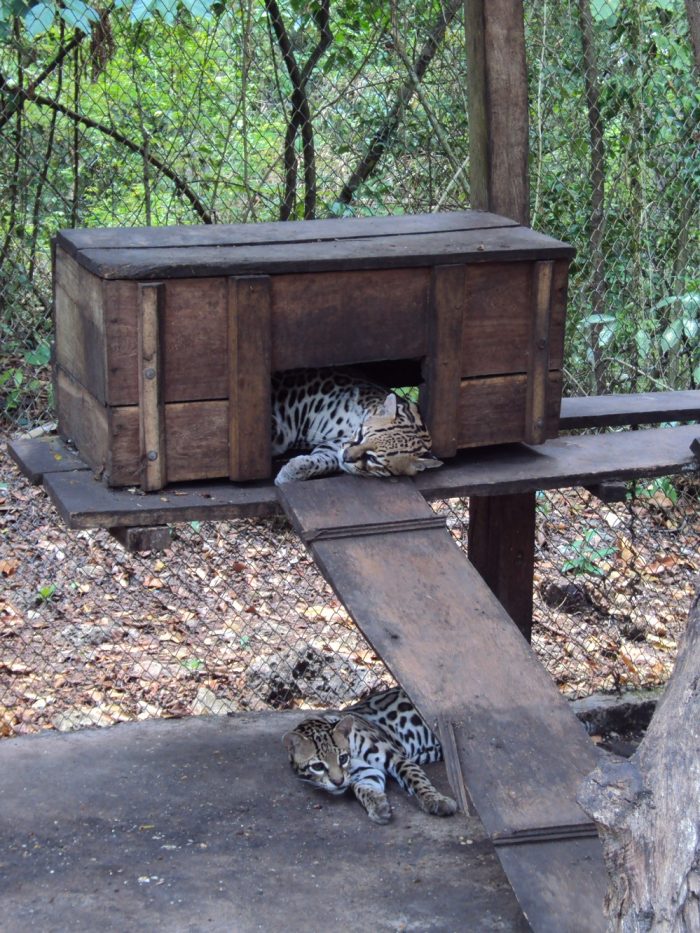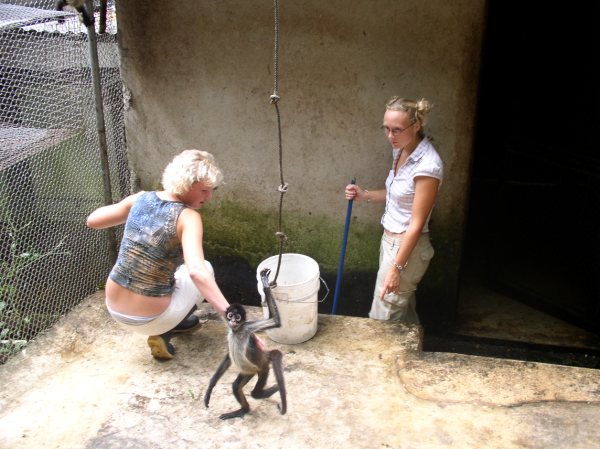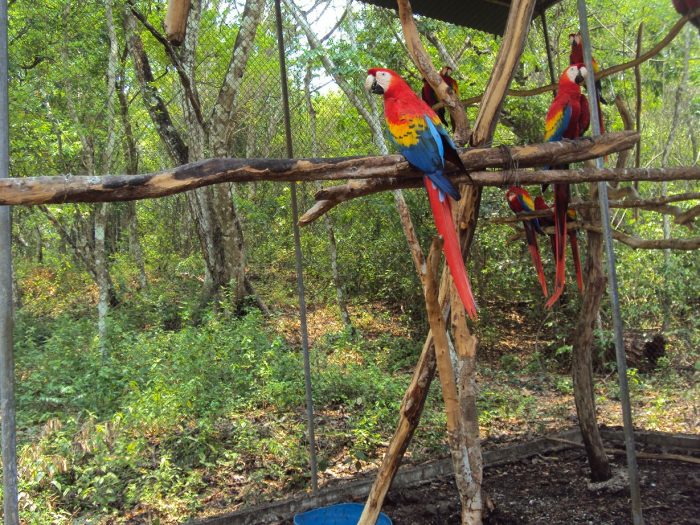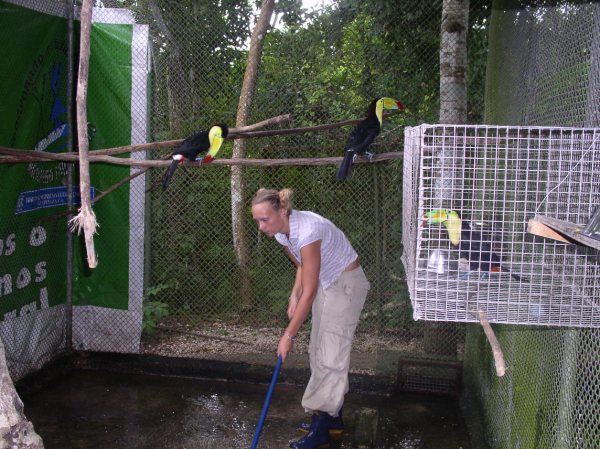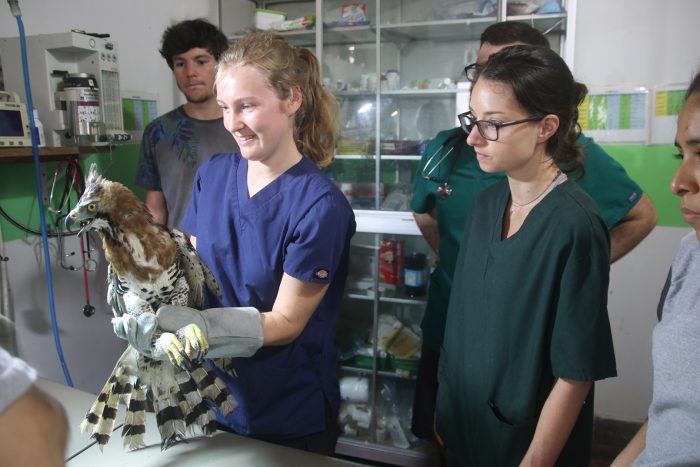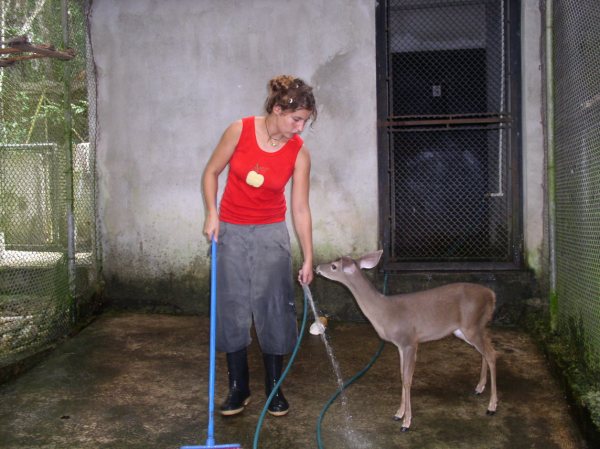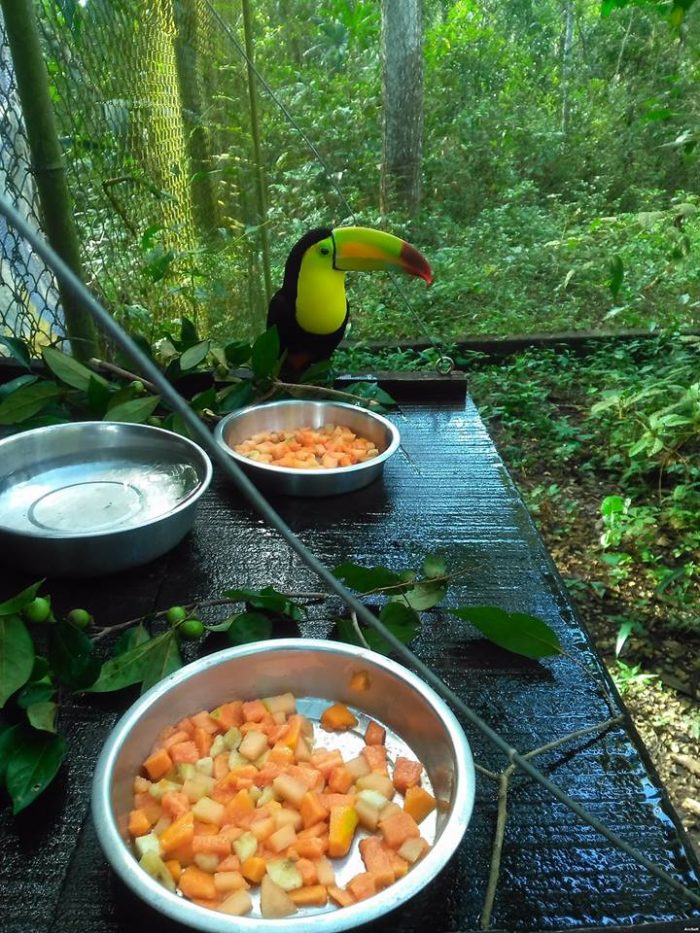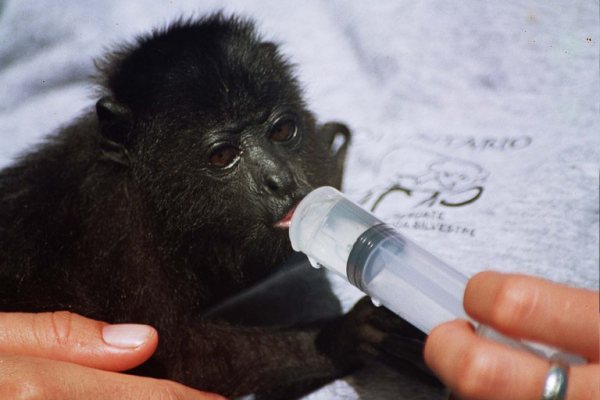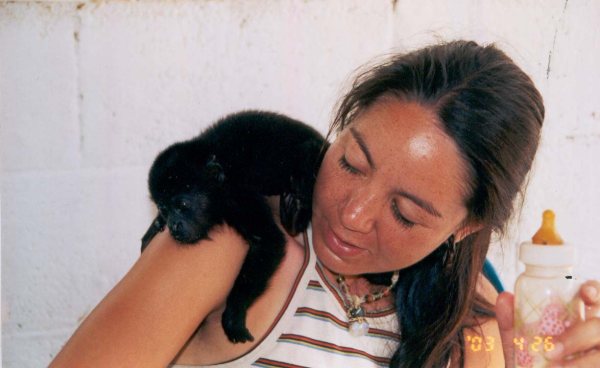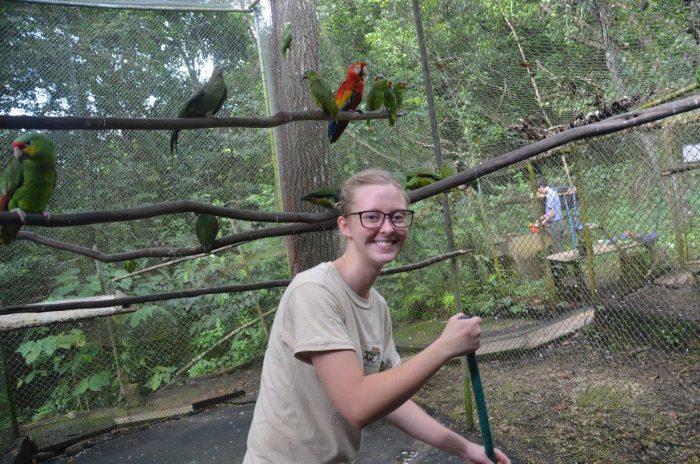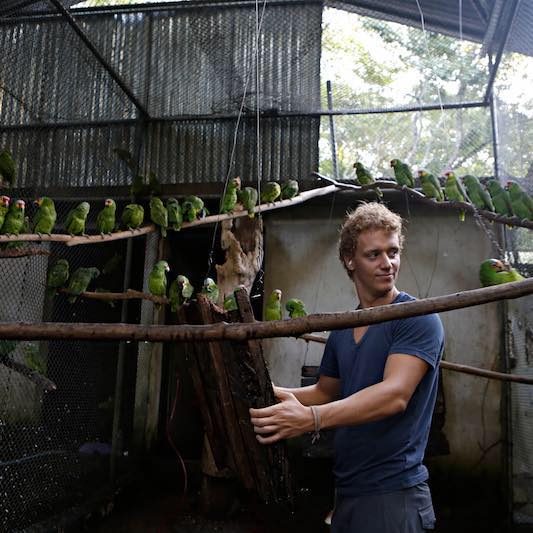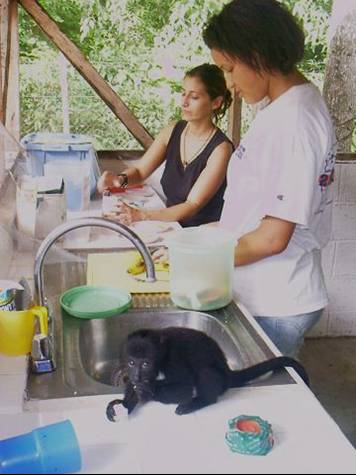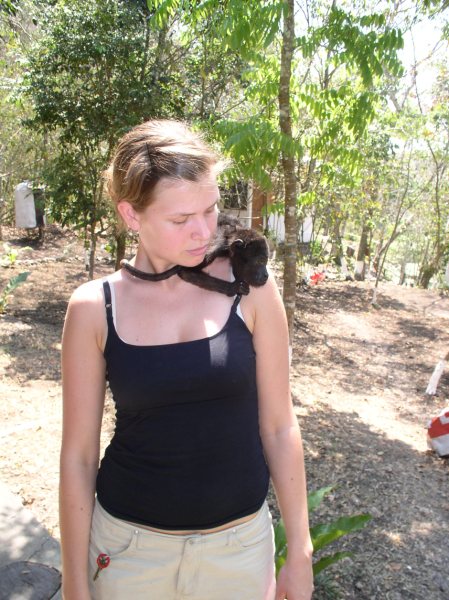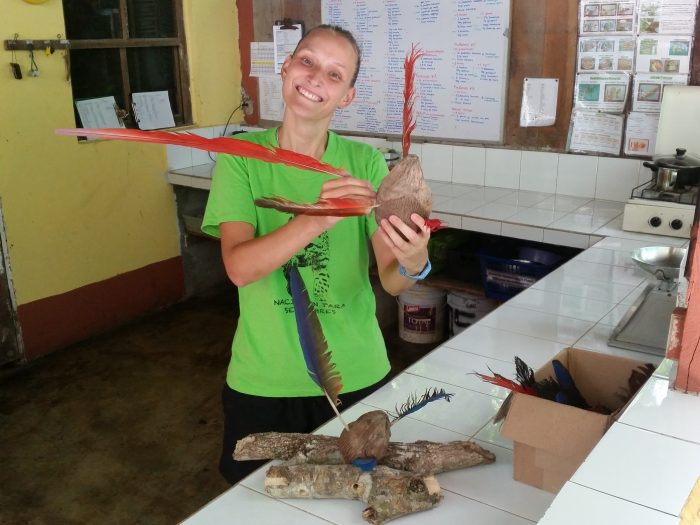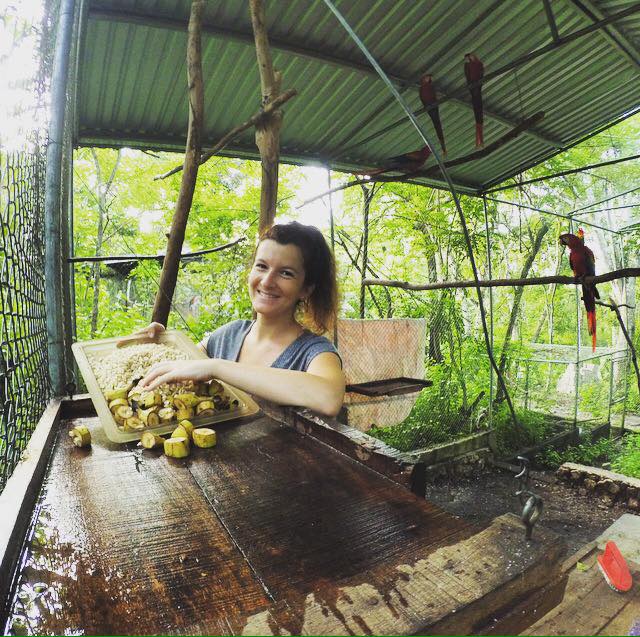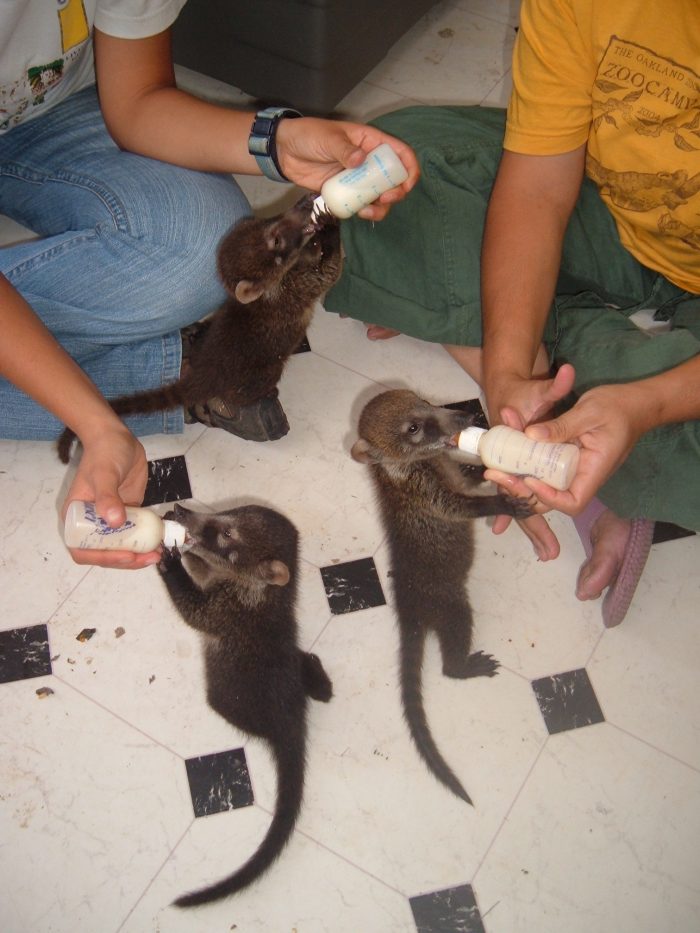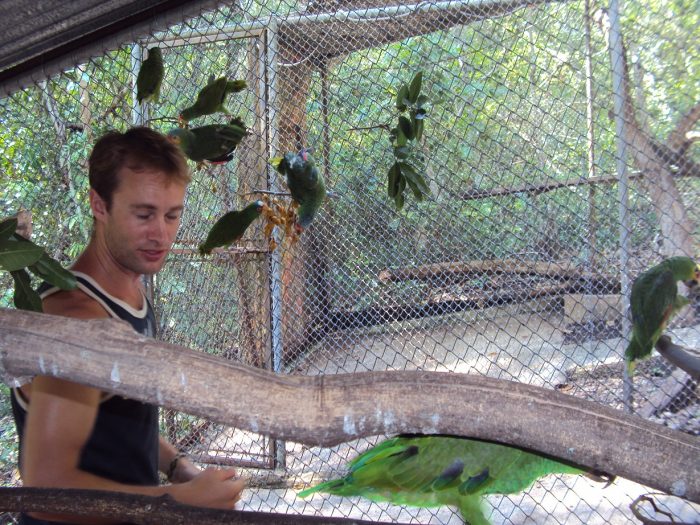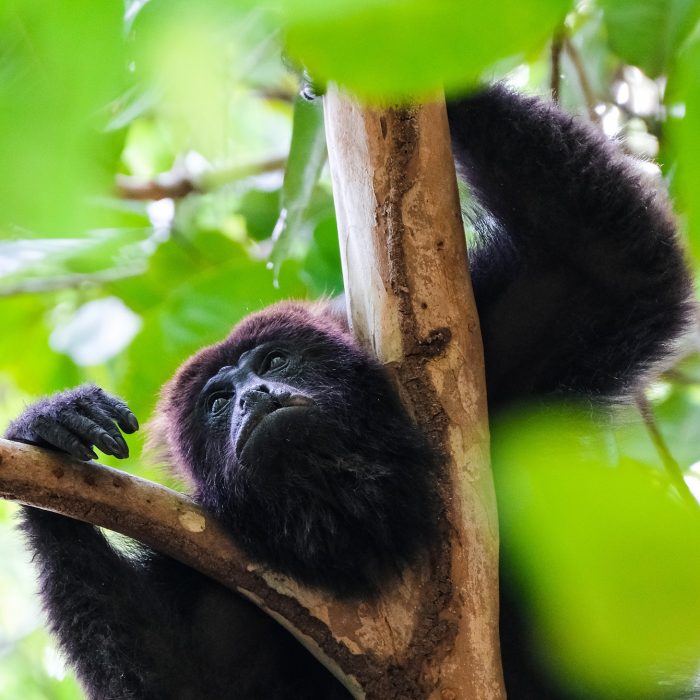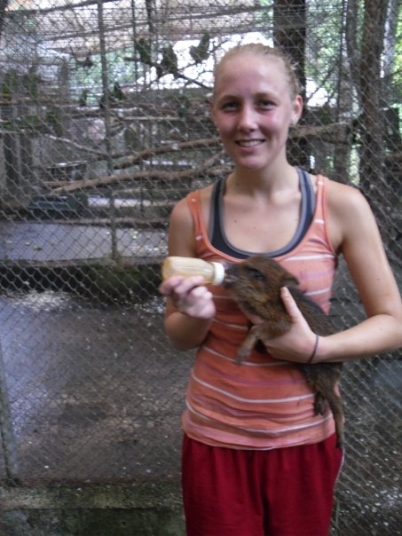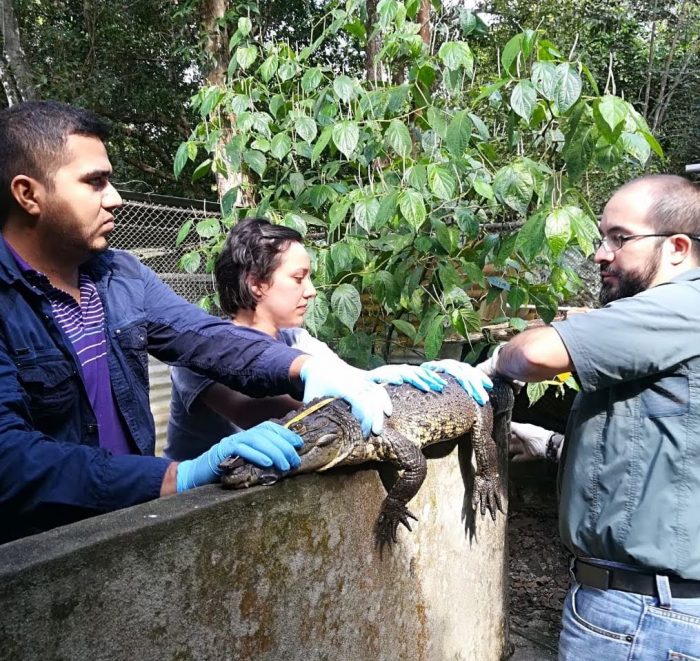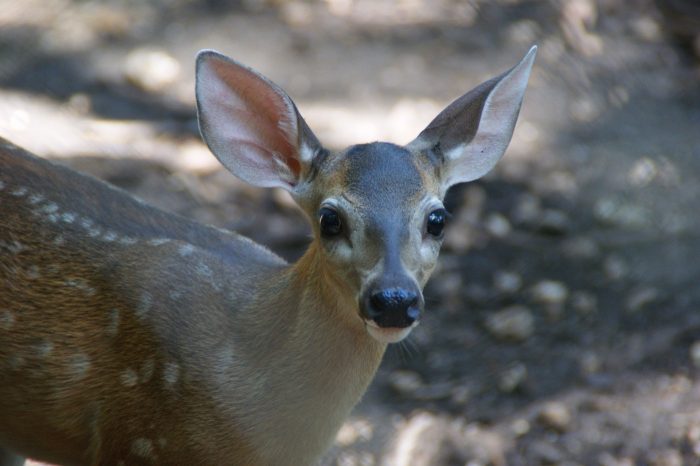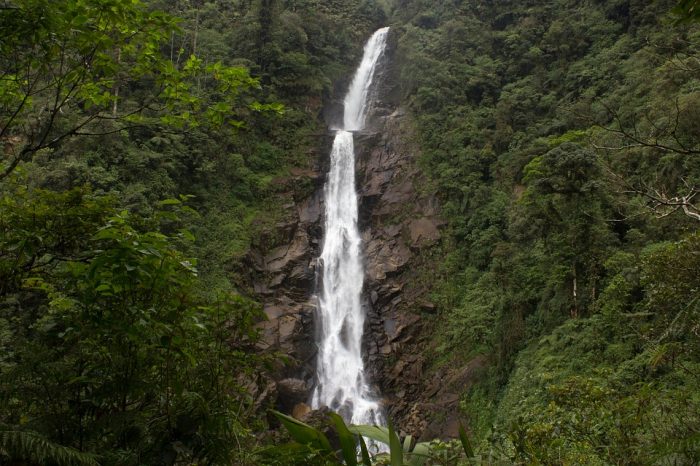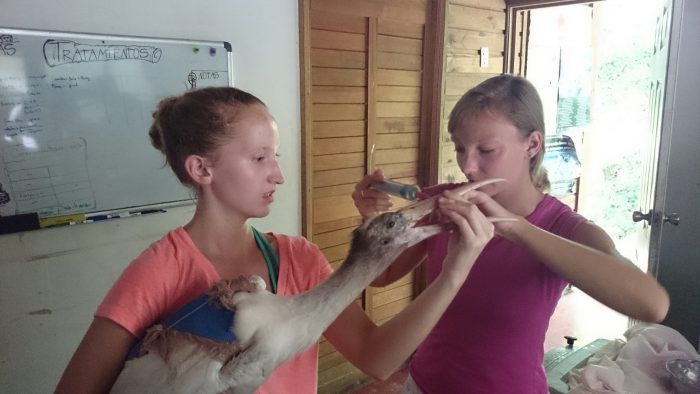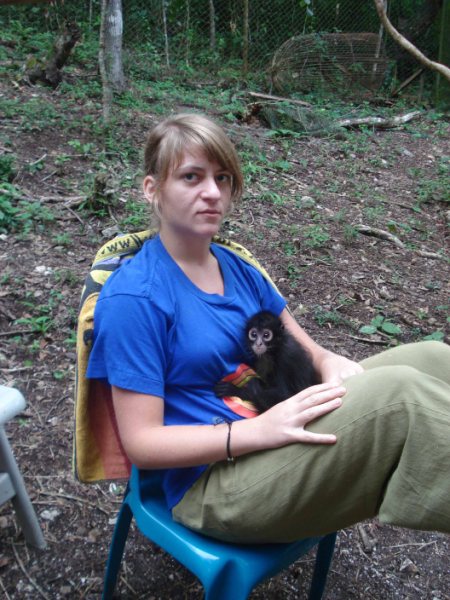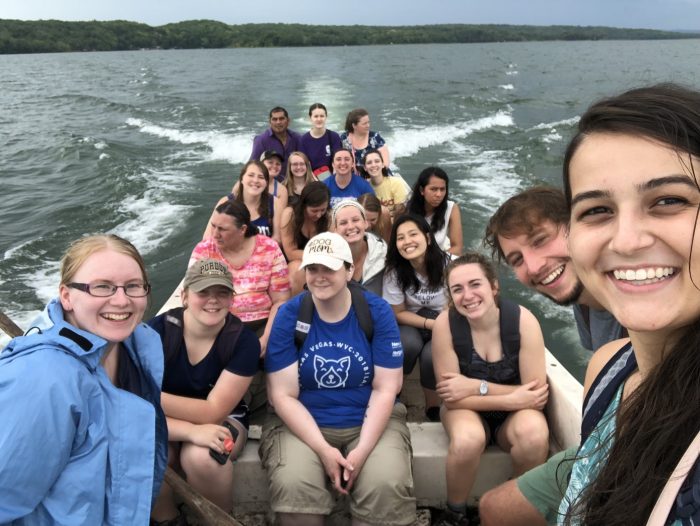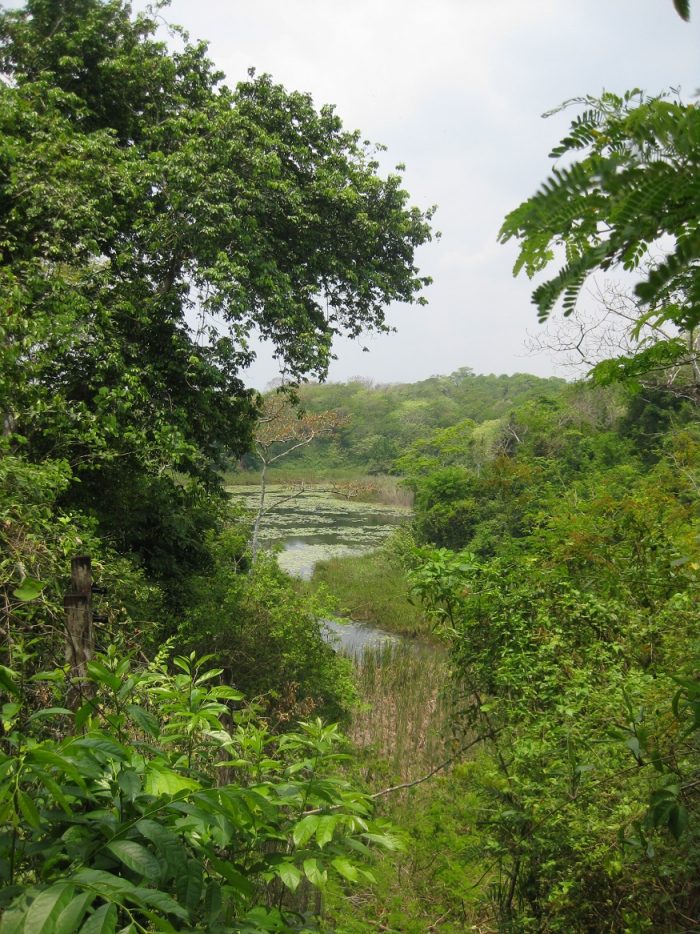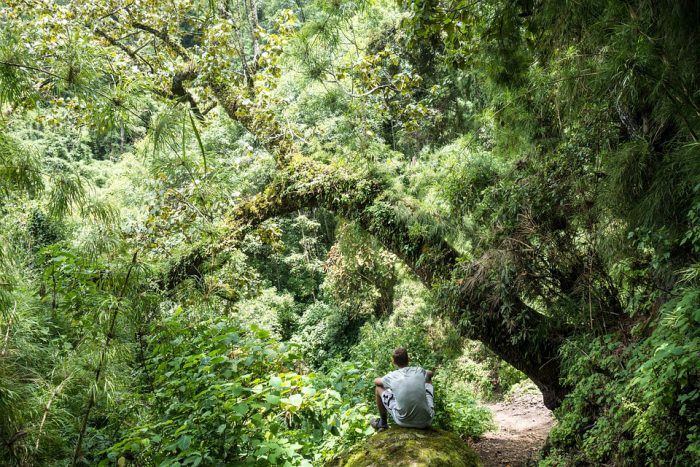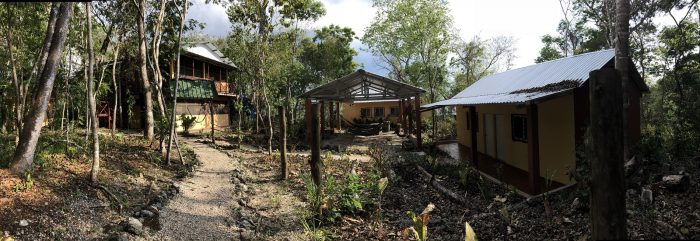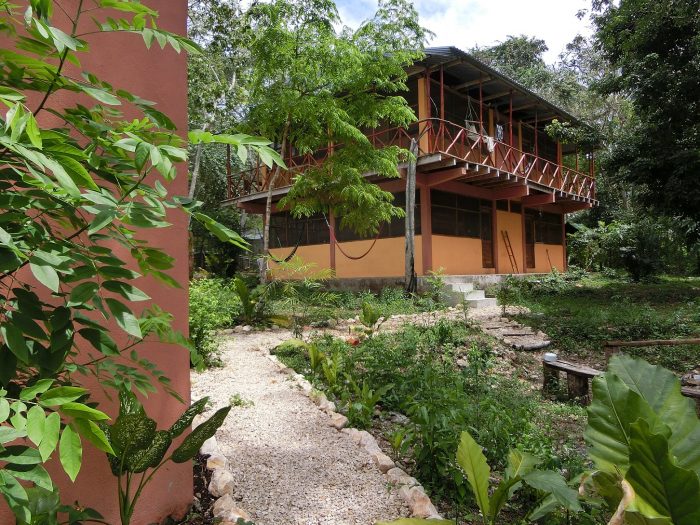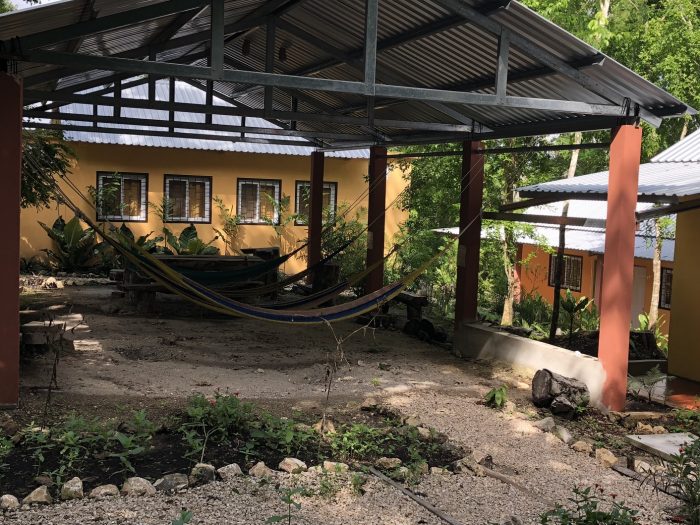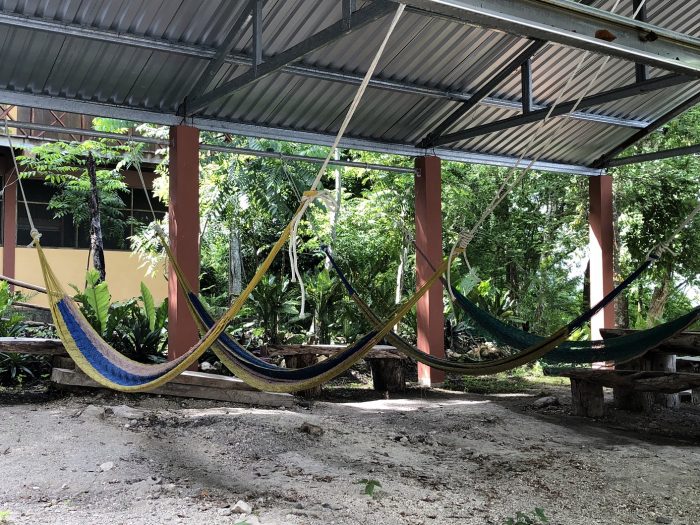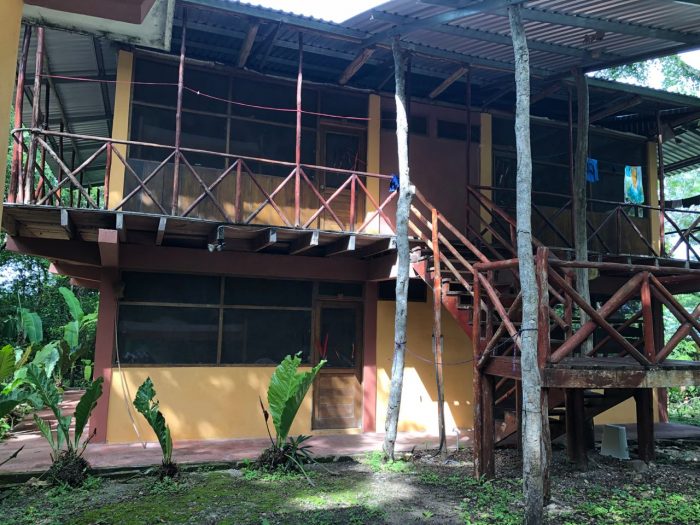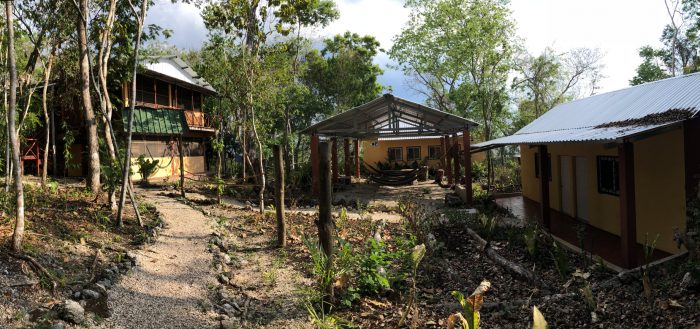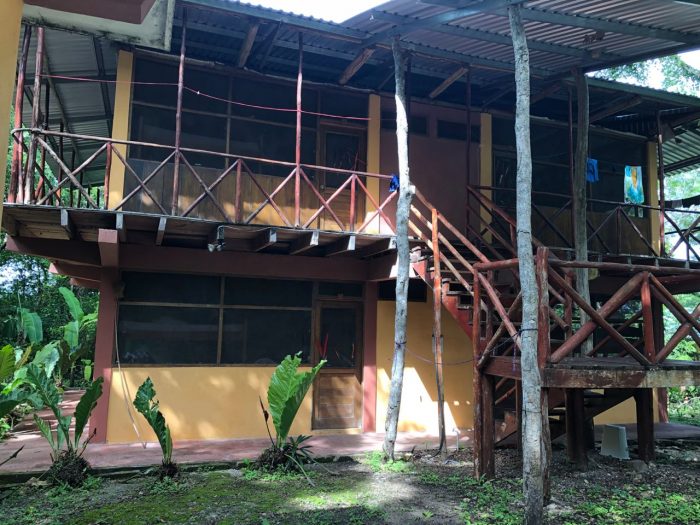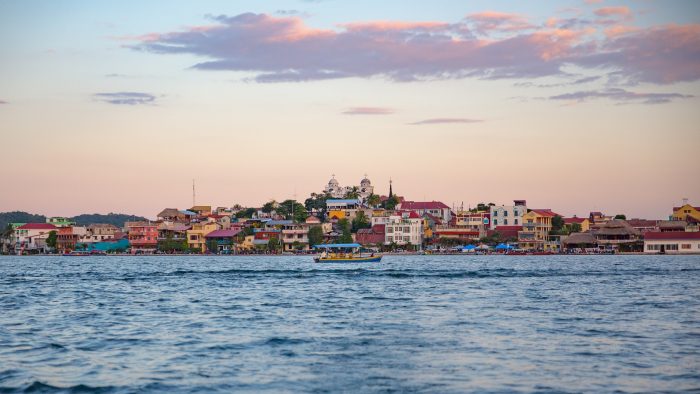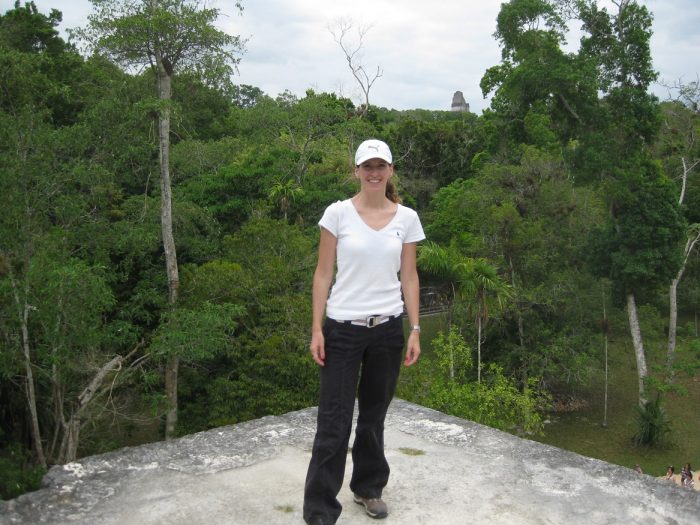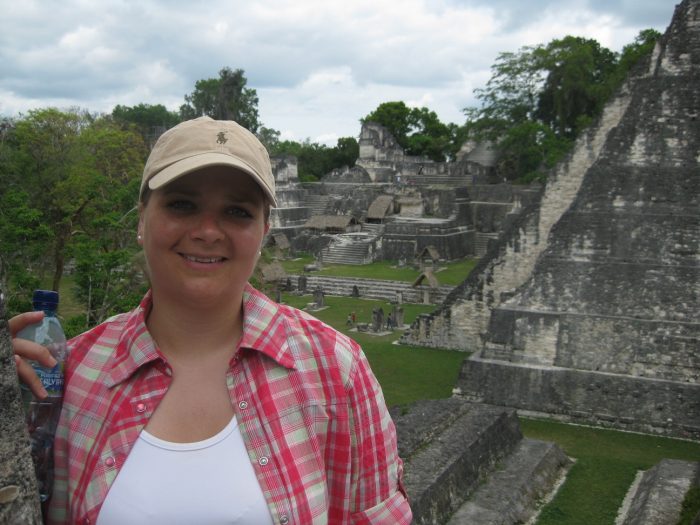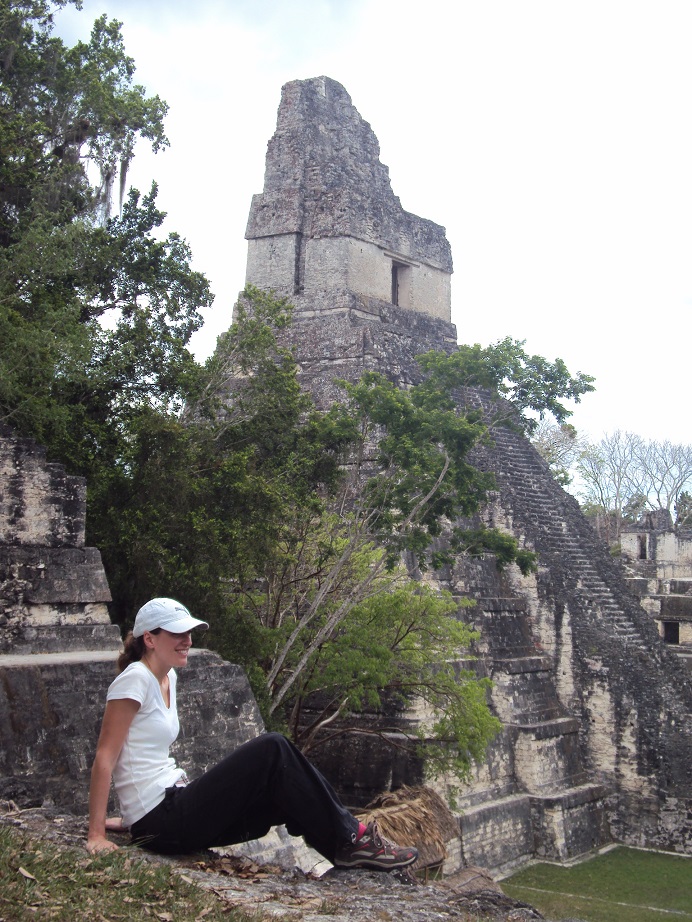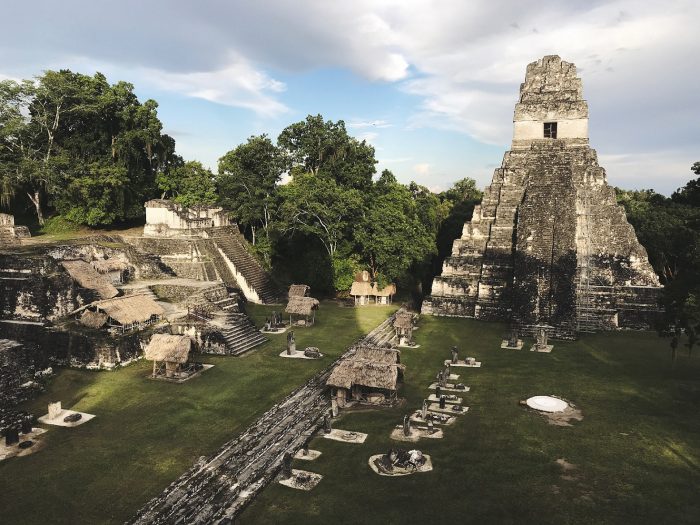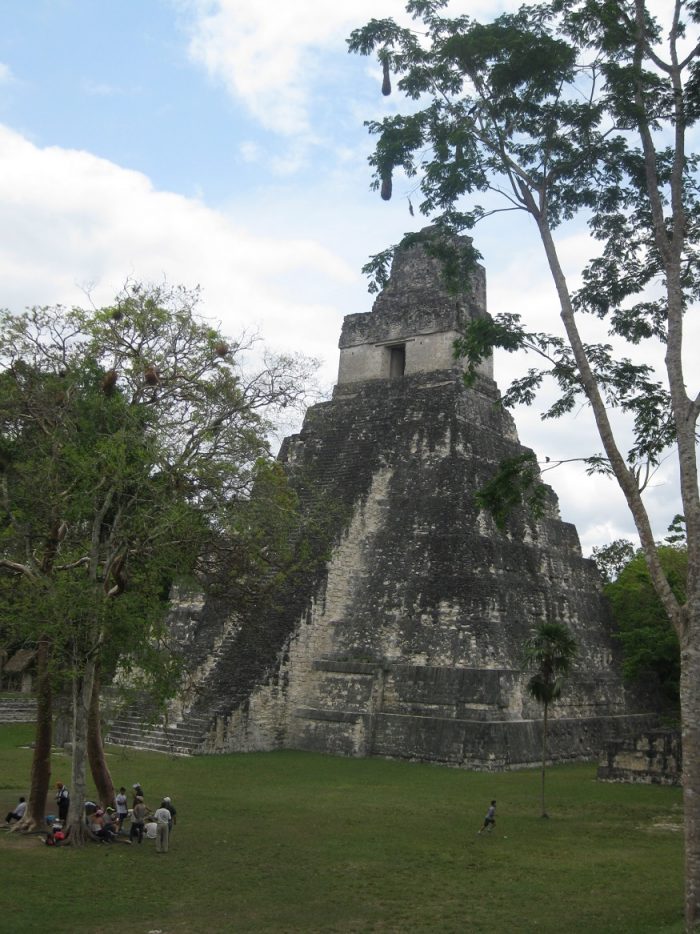Quick Facts
Program code
GL-WN100
Category
Volunteer Work, Animal Welfare
Country
Guatemala
Location
Flores, Region Peten
Program start
year round, arrival to project between Monday and Friday
Minimum duration
2 weeks
Minimum age
17 years
Contact us
Happy to help you
(+1) 954 762 7607
(+56) 9 7516 9816
(+49) 7735 425 339
skype: chileinside
8 am - 4 pm EST
Program details
This volunteer project in Guatemala takes place at the center for Wildlife Rescue and Environmental Conservation in the Guatemalan jungle, which is committed to preserving the wildlife and natural habitats. The main objectives of the center are:
- To protect and research wildlife
- To strive for ongoing conservation
- To rescue wild animals from traffickers and rehabilitate them so they can be reintroduced into their natural habitat
- To support tropical wild animal veterinary research
- To help reproduce and re-introduce animals in danger of extinction
- To raise awareness among Guatemalans about the need to conserve natural resources through an education program and information dissemination
- Creating income alternatives for rural communities in order to carefully use natural resources in a sustainable way.
Since this animal rescue center was established, it has branched out into a wide variety of important activities, including environmental education, the management of protected areas, marine turtle conservation at the Pacific Coast, sustainable community development, eco-tourism, and reforestation.
The keystone project of this initiative is the Wild Animal Rescue and Rehabilitation Center. According to a collaborative agreement with the Guatemalan government, the center is responsible for the rehabilitation and reintroduction of all confiscated wild animals. The rescue center is the largest and most advanced of its kind in Latin America and cares for 400-600 wild animals from over 35 different species each year.
The center was founded in 1989 and originally created for a very specific purpose: to build a rescue center that cares for and rehabilitates wild animals that were being confiscated on the black market by the Guatemalan government.
In 2002, the new Biodiversity Education Center was inaugurated on the grounds of the rescue center with the intent to teach local students and visiting tourists about the evils of illegally trading pets, while at the same time ensuring that the animals in the rescue center are not needlessly exposed to humans.
Tasks
Most of the animals that arrive at the rescue center have been confiscated from illegal poachers and traffickers who leave them in very poor conditions. Many of the animals are malnourished, stressed, and injured. Too often, while in this weakened state, the animals are also exposed to pathogens not commonly encountered in the wild, such as those of humans and domestic species. For this reason, all animals arriving at the rescue center are placed in quarantine for a period of time. During this period, their overall condition is assessed, including their health and behavioral status, and their nutrition is restored. Working in quarantine requires vigilant attention to the animals and their needs, but as little contact to humans as possible.
Both the volunteers and the full-time workers take part in the care of the animals at the center under the supervision of the rescue center veterinarians and the volunteer coordinator.
This volunteer work project in Guatemala consists of cage cleaning, food preparation, and monitoring the health of the animals. Many animals arrive at the center with health problems associated with the trauma of their capture. They are transported and need continual observation and medical attention. Although the animals need care, the center’s staff tries to avoid having the animals "imprinted" by humans and ask volunteers not to handle animals more than necessary, as most will be released back into the wild. Released animals accustomed to humans have less of a chance of surviving in the wild.
Animals that are kept in captivity have many needs in order to remain physically and mentally healthy. These needs can be separated into four basic categories: environment, nutrition, behavior, and care. The enclosures should be checked regularly to make sure each of these four needs is met, while avoiding contact with the animals. These animals are wild and it’s important to keep them that way.
Volunteers are given certain responsibilities at the rescue and everyone is expected to pull their own weight. Work begins early in the morning with the cleaning of cages and feeding of the animals. The animals do not work on human schedules; rather, they follow their own internal clock, which insists that they eat early in the day. The time for your rest and relaxation is later in the day when the temperature and humidity demand a rest. Volunteers love to spend this time of the day at the lake sunbathing, swimming, and relaxing
In addition to the regular daily feeding and caring of the animals, there are special on-going activities that you are expected to participate in. These activities include constructing cages or extra buildings, maintaining trails, gathering food for the animals, and researching the wild diets of the animals.
Perhaps the most satisfying work carried out at the center is animal release, which happens 2 to 4 times per year. You may assist with identifying appropriate release sites (with sufficient water and food and few nearby human settlements), constructing release platforms, and monitoring released animals. Volunteers are expected to become a willing part of the Rescue Center Team and to play an integral role in the day-to-day operations of the center.
The center in Guatemala is a truly magical place that is full of natural beauty both within and outside the cages! There is plenty of time at night and during hot afternoon siestas to think and listen to the mysterious noises of the jungle. The beautiful creatures that surround you are all part of the experience. One only has to stop, look, and listen for a moment to realize that saving the jungles of our planet is truly something worth being a part of.
Note: The tasks may vary. They depend on factors such as number of volunteers, season, current needs of the project, as well as self-motivation. Not every volunteer may be fully involved in all these tasks.
Accommodation
The Wild Animal Rescue and Rehabilitation Center in Guatemala is situated on a 45-hectare (110 acres) tract of land near a lake Petén Itzá. It’s a 10-minute boat ride away from the tourist-filled center of Flores and close to Tikal, the world famous Mayan archeological site.
The rescue center is comprised of a quarantine area,a veterinary hospital, three large rehabilitation enclosures, a kitchen, dining area, workshop, volunteer houses, employee housing, and a large floating dock. The animal cages and enclosures are scattered throughout the jungle in order to reduce the stress experienced by the animals.
At the rescue center, volunteers live in a spacious two-story wooden building that is situated in a beautiful tropical forest. The building comes furnished with wooden bunk beds, showers, indoor plumbing, and U.S. 110V electrical outlets. Volunteers eat and socialize at a separate, spacious kitchen and dining room. There is also a nice floating dock for late afternoon swims.
The volunteer program includes daily breakfast, lunch and dinner. Special diatry requirements can be taken care of.
Note: In Latin America, especially in remote areas where many of our volunteer projects take place, the cellular or internet connection is not always reliable and fast.
Location
The volunteer project in the animal protection center in Guatemala is located in the Petén region, in the north of the country, directly on the magical Petén Itzá lake. Opposite is the picturesque small town of Flores, which can be reached in about 10 minutes by boat or in an hour by car. Guatemala City is around 12 hours by bus or 1 hour by plane.
The area is part of the Mayan Biosphere Reserve, which together with the Calakmul Reserve and the Montes Azules Reserve in Mexico as well as the Río Bravo Reserve in Belize forms the second largest tropical forest block in the Americas (4.23 million hectares).
In addition to the great biodiversity, the area also hides a variety of well-known, just discovered and - probably still undiscovered Mayan archaeological sites, such as the impressive Tikal temple complex in the middle of the jungle.
The region has a subtropical climate with temperatures of around 28 ° C during the day and around 23 ° C at night, with regular rainfall throughout the year, with the rainiest months being June to September.
Language skills
In our Wildlife & Nature projects, our volunteers get along well with English language skills.
For optimal program preparation and cultural integration in the destination country, we recommend participating in a Spanish course in Guatemala (optional).
You can book your Spanish course in Guatemala directly with us!
Requirements
- English skills. Basic Spanish skills (book your Spanish course in Guatemala!)
- Volunteers must be completely vaccinated against Covid19
- Minimum age 18 years
- Application at least 4 weeks before the desired start of the program. Read more about our application process here.
- Completion of a foreign travel health insurance (get your travel insurance here!)
Pre-departure and in-country support
Before arrival, our experienced team will be at your disposal to assist you throughout the booking process and travel planning. With the booking confirmation you will receive our 24-hour emergency number, so that you can reach us 24/7 in case of emergency.
In addition to the assistance given by our office staff you will be supported by our partner organization in Guatemala.
Costs & Services
Volunteering in the Wildlife Sanctuary in Guatemala includes:
- Shared accommodation in Volunteer House
- Breakfast, lunch, dinner
- Pick-up at the airport or bus station in Flores
- Drop-off at the airport or bus station in Flores
- Advice from our experienced staff
- On-going support via WhatsApp, phone or mail
- Elaboration of your application profile in Spanish
- Your placement in the volunteer project
- Pre-departure information
- Packing list
- Country handbook
- Intercultural guide
- Orientation upon arrival
- On-site volunteer coordinator
- 24/7 emergency number
- Advice on travel insurance
- Certificate of participation
Costs
Application fee: US$ 150
Program fee: US$ 820 (minimum stay 2 weeks)
Each additional week: US$ 240
Additionally, you can book:
Our tips (experience more + see more = save $$)
Is it difficult for you to decide between the many great projects? You want to see and experience as much as possible during your stay in Latin America? Then build your own itinerary - experience more & see more! Our program combination makes it possible!
All our stay abroad programs can be combined with each other: So, you can combine different volunteer projects in the same country or in different countries, or you mix Working Holiday with volunteer work or Farm Stay with Working Holiday ...and so on …
Your creativity knows no limits. The longer your stay abroad in Latin America, the greater the discount you get from South America Inside. Below you can see how much you can save:
If you need assistance in putting together your personal experience abroad, then please contact us. Our experienced staff will help you to set up your tailor-made stay abroad.
Volunteer Guide
Find valuable information about volunteering abroad in our program guides. Find out about all the benefits, possibilities and challenges, that a stay abroad offers you. Read more about the great opportunities that South America Inside has at your disposal.
Browse through our section Reading Matter!



